How to Create a Hygge-inspired Living Space: Infusing Coziness and Comfort into Your Home
Hygge is a Danish word that represents the feeling of coziness, comfort, and contentment. It’s a way of life that emphasizes the importance of enjoying the simple things in life, such as spending time with loved ones, savoring a cup of hot cocoa, or reading a good book. Hygge has become a popular trend in home decor, as it allows individuals to create a warm and inviting living space that promotes relaxation and happiness.
What is Hygge?
Hygge is more than just a decorating style; it’s a mindset that encourages individuals to slow down and appreciate the present moment. It’s about creating an environment that promotes relaxation and comfort, whether it’s through soft blankets, warm lighting, or cozy furnishings. Hygge is also about connecting with loved ones and creating a sense of community, whether it’s through hosting a dinner party or sharing a movie night.
Creating a hygge-inspired living space doesn’t have to be complicated or expensive. With a few simple changes, you can transform your home into a cozy and inviting sanctuary that promotes relaxation and happiness. In this article, we’ll explore some of the key elements of hygge, and provide tips on how to infuse this cozy and comfortable style into your own living space.
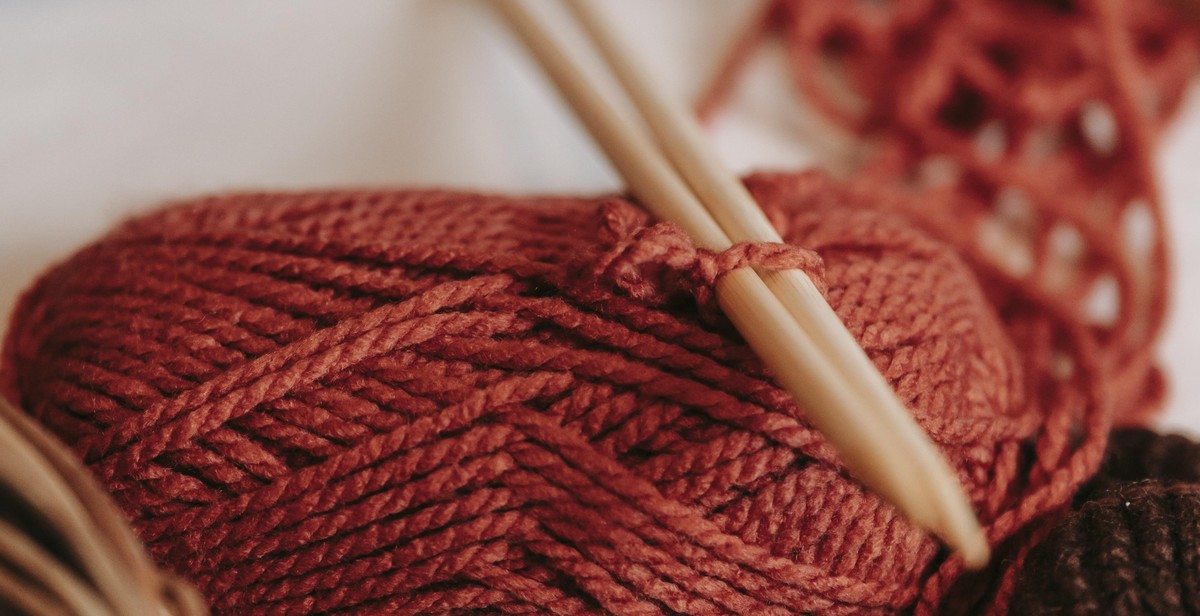
Step 1: Use Warm Lighting
When it comes to creating a hygge-inspired living space, lighting is a crucial element that can make or break the atmosphere. Warm lighting is essential to creating a cozy and comfortable ambiance that invites relaxation and calmness. The right lighting can transform a room and create a sense of warmth and intimacy, which is the hallmark of hygge style.
Why Warm Lighting is Important
Warm lighting has a range of psychological benefits that make it ideal for creating a hygge-inspired living space. It creates a soft, inviting glow that helps to reduce stress and promote relaxation. It also creates a sense of intimacy and comfort, which is essential for creating a cozy and welcoming environment. In contrast, harsh, bright lighting can be jarring and stressful, which is the opposite of what you want in a hygge-inspired space.
How to Incorporate Warm Lighting into Your Space
There are several ways to incorporate warm lighting into your living space:
- Use warm-colored light bulbs with a color temperature of 2700K to 3000K. These bulbs emit a warm, yellowish light that mimics the glow of candlelight and firelight.
- Use lamps with soft, diffused shades that create a warm glow. Avoid harsh, bright overhead lighting that can be jarring and uncomfortable.
- Use candles and fairy lights to create a cozy and intimate atmosphere. Candles are an essential element of hygge style and can add warmth and ambiance to any room.
By incorporating warm lighting into your living space, you can create a cozy and comfortable atmosphere that promotes relaxation and calmness. With the right lighting, you can transform any room into a hygge-inspired haven that you’ll love spending time in.
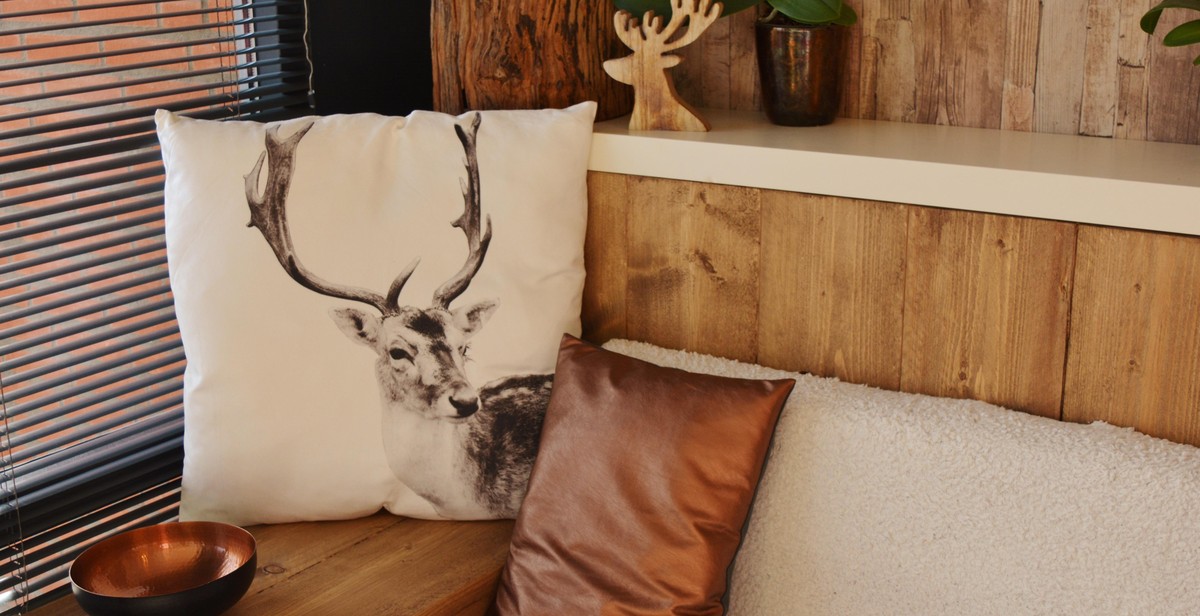
Step 2: Add Textures
Textures are an essential element in creating a hygge-inspired living space. They add depth, warmth, and visual interest to your home. Textures can be introduced in a variety of ways, from soft and cozy fabrics to natural materials like wood and stone. By incorporating a range of textures, you can create a space that feels inviting and comfortable.
Why Textures are Important
The use of textures can create a sense of coziness and comfort in your home. When you combine different textures, it can help to create a warm and inviting atmosphere. Textures can also add depth and dimension to a room, making it feel more interesting and visually appealing.
Additionally, textures can have a practical purpose. For example, adding a rug to a hardwood floor can help to soften the space and make it feel more comfortable underfoot. Similarly, adding throw pillows and blankets can make a room feel more cozy and inviting.
How to Incorporate Textures into Your Space
There are many ways to introduce textures into your living space. Here are some ideas:
- Add a cozy throw blanket to your sofa or armchair
- Place a plush rug on the floor
- Incorporate natural materials like wood, stone, or woven baskets
- Use soft and textured fabrics like velvet or faux fur
- Layer different textures for added depth and dimension
When selecting textures, consider the overall style and color palette of your space. For example, if you have a neutral color scheme, you might want to incorporate textures in a variety of shades and tones to add interest. Alternatively, if you have a bold color scheme, you might want to use textures in more subdued colors to balance the space.
By adding textures to your living space, you can create a cozy and inviting atmosphere that is perfect for relaxing and spending time with loved ones.
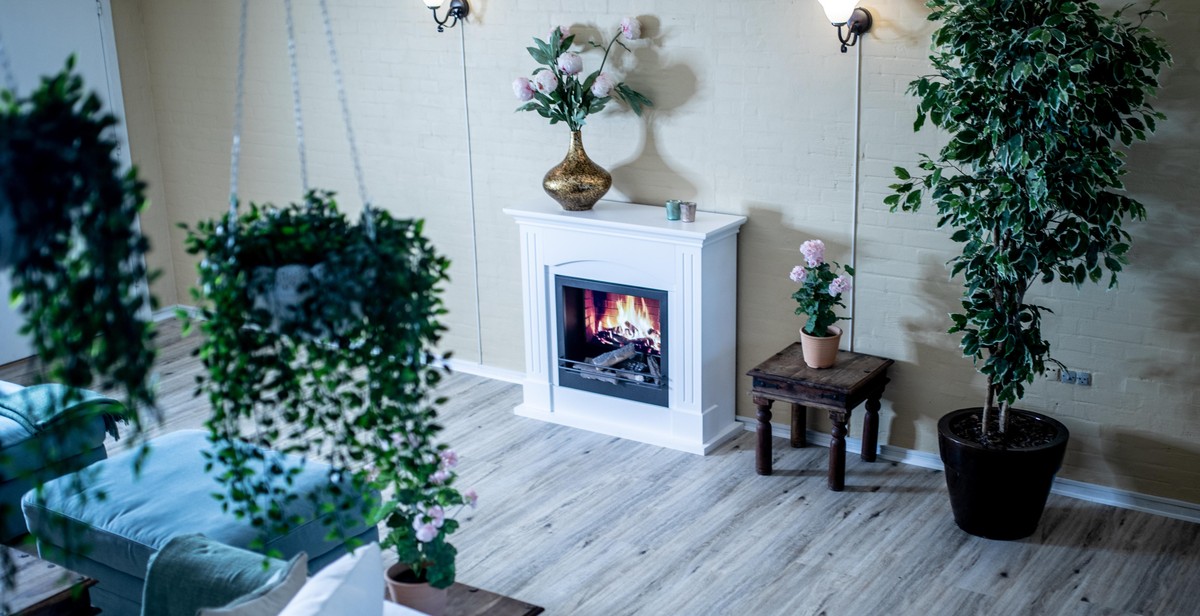
Step 3: Include Natural Elements
When it comes to creating a hygge-inspired living space, including natural elements is essential. Natural elements bring a sense of calmness and tranquility to any room and help to connect you with nature, even when you’re indoors. Here’s why natural elements are important:
Why Natural Elements are Important
- Natural elements create a sense of balance and harmony in a space. They help to create a relaxing atmosphere and reduce stress levels.
- They are visually appealing and add texture and depth to a room.
- Natural elements are sustainable and eco-friendly, which is important for those who want to live a more environmentally conscious lifestyle.
- They have a positive effect on our mood and mental health. Studies have shown that exposure to nature can reduce anxiety and depression.
How to Incorporate Natural Elements into Your Space
There are many ways to include natural elements in your living space. Here are a few ideas:
- Add plants and flowers. Not only do they add color and texture, but they also improve air quality and create a sense of calmness.
- Use natural materials such as wood, stone, and leather in your furniture and decor. These materials are durable and add warmth to a room.
- Bring in natural light by opening up your curtains or adding skylights. Natural light creates a sense of openness and has a positive effect on our mood.
- Add natural scents such as essential oils or candles. Scents like lavender, eucalyptus, and citrus can create a calming and refreshing atmosphere.
By incorporating natural elements into your living space, you can create a hygge-inspired atmosphere that promotes relaxation, comfort, and well-being.
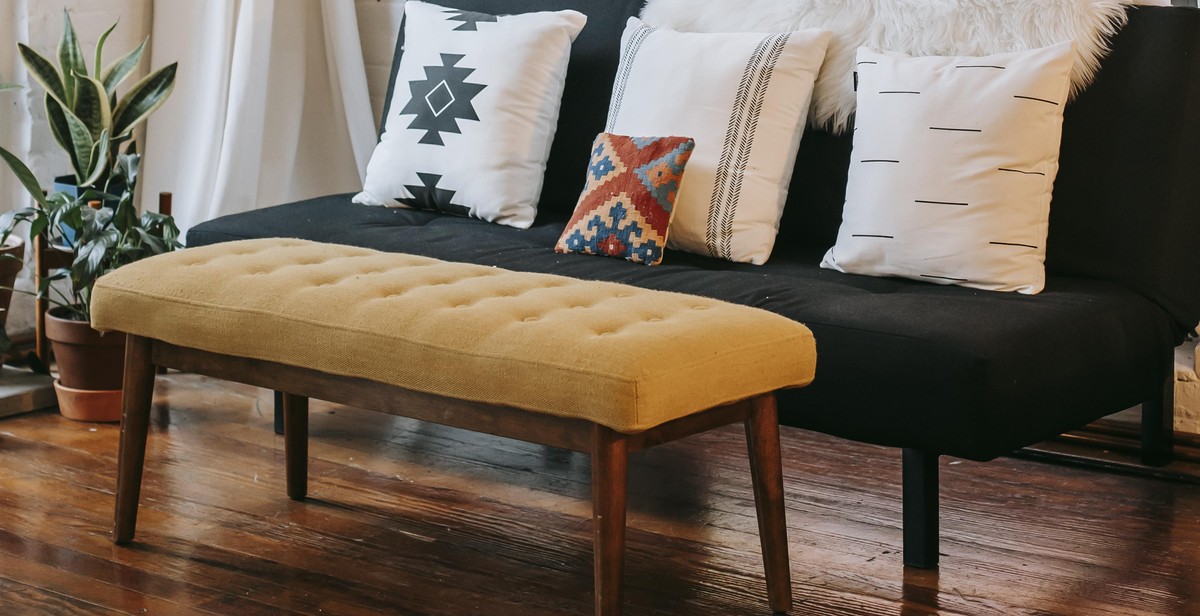
Step 4: Use Cozy Fabrics
Cozy fabrics are essential for creating a hygge-inspired living space. They add warmth, texture, and comfort to your home, making it feel inviting and cozy. Here are some reasons why you should incorporate cozy fabrics into your space:
Why Cozy Fabrics are Important
- Comfort: Cozy fabrics are soft and comfortable, providing a warm and inviting atmosphere in your home. They make your space feel more welcoming and relaxing, allowing you to unwind after a long day.
- Texture: Adding different textures to your living space creates visual interest and depth. Cozy fabrics such as wool, flannel, or faux fur add a tactile element to your decor, creating a sense of coziness and warmth.
- Warmth: Cozy fabrics help to insulate your home, keeping it warm and cozy during the colder months. They also provide a sense of warmth and comfort that makes your space feel more inviting and relaxing.
How to Incorporate Cozy Fabrics into Your Space
There are many ways to incorporate cozy fabrics into your living space. Here are some ideas:
- Throws and pillows: Add a cozy throw or some plush pillows to your sofa or armchair to create a warm and inviting atmosphere.
- Rugs: A soft and plush rug can add warmth and texture to your living room. Choose a rug with a thick pile or a shaggy texture for maximum coziness.
- Curtains: Thick, heavy curtains can help to insulate your home and keep it warm and cozy. Choose curtains with a soft and plush texture to add a cozy element to your decor.
- Upholstery: Choose furniture upholstered in cozy fabrics such as velvet, chenille, or wool for a warm and inviting atmosphere.
By incorporating cozy fabrics into your living space, you can create a warm and inviting atmosphere that is perfect for relaxing and unwinding. Experiment with different textures and fabrics to find the perfect combination for your home.

Step 5: Declutter Your Space
Decluttering your space is an essential step in creating a hygge-inspired living space. A cluttered space can make you feel stressed and overwhelmed, which is the opposite of what you want to achieve with hygge. Here are some reasons why decluttering is important:
- It helps to reduce stress and anxiety
- It makes your space feel more spacious and open
- It allows you to focus on the things that matter most
- It makes cleaning and organizing easier
How to Declutter Your Space
Decluttering can be a daunting task, but it doesn’t have to be. Here’s how to declutter your space:
- Start small: Begin with a small area, like a drawer or a shelf. This will help you build momentum and give you a sense of accomplishment.
- Sort items: Go through each item and decide whether to keep, donate, or throw away. Be honest with yourself and only keep items that bring you joy or serve a purpose.
- Create a system: Organize your belongings in a way that makes sense to you. Use bins or baskets to keep similar items together and label them for easy access.
- Keep it up: Make decluttering a regular habit. Set aside time each week to go through your belongings and get rid of anything you no longer need.
Remember, decluttering is a process. It may take some time, but the end result will be worth it. A clutter-free space will not only look better, but it will also help you feel more relaxed and at ease in your home.
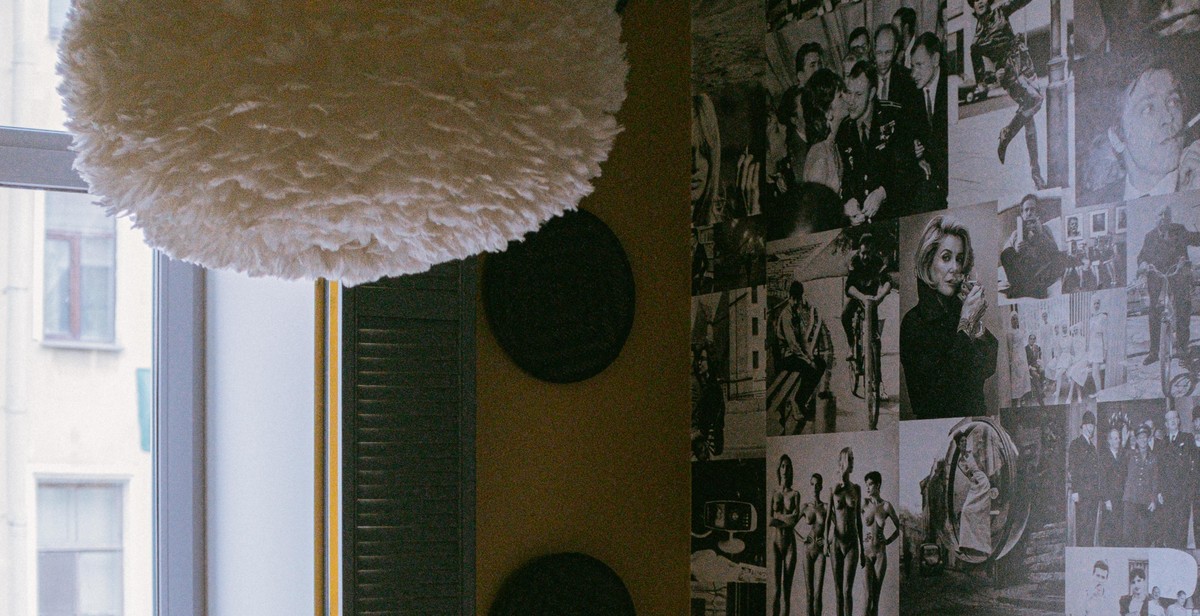
Conclusion
Creating a hygge-inspired living space is all about infusing coziness and comfort into your home. By following the tips and tricks mentioned in this article, you can transform your home into a warm and inviting space that promotes relaxation and well-being.
One of the key elements of hygge is the use of natural materials such as wood, wool, and cotton. Incorporating these materials into your decor can help create a sense of warmth and comfort in your home. Additionally, incorporating soft lighting, candles, and warm textiles can add to the overall cozy ambiance.
Another important aspect of hygge is the emphasis on spending quality time with loved ones. Creating comfortable seating areas and incorporating games or activities into your living space can encourage spending time together as a family or with friends.
Finally, it’s important to remember that creating a hygge-inspired living space is not just about the physical elements but also about the feeling it evokes. By focusing on creating a warm and inviting atmosphere, you can create a space that promotes relaxation and well-being for you and your loved ones.
- Use natural materials such as wood, wool, and cotton
- Incorporate soft lighting, candles, and warm textiles
- Create comfortable seating areas and incorporate games or activities
- Focus on creating a warm and inviting atmosphere
By following these tips and incorporating hygge elements into your home, you can create a space that promotes relaxation, well-being, and quality time with loved ones. So, go ahead and create your own hygge-inspired living space today!
